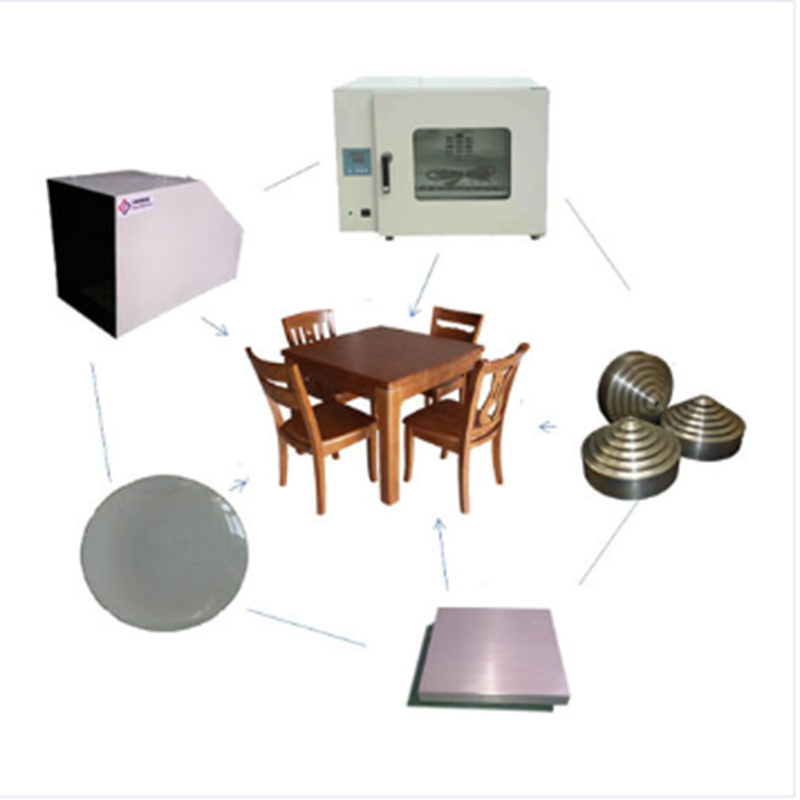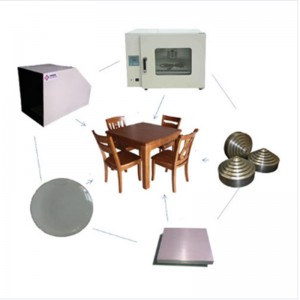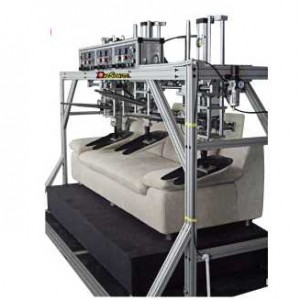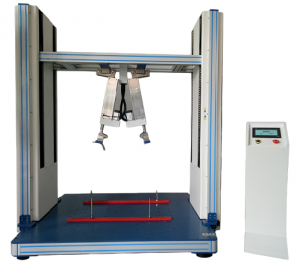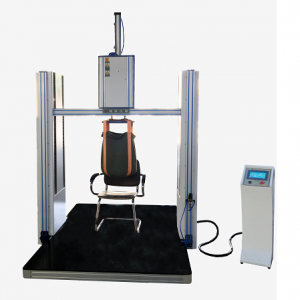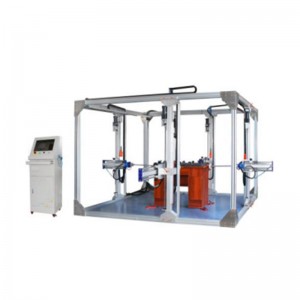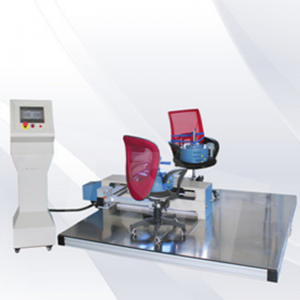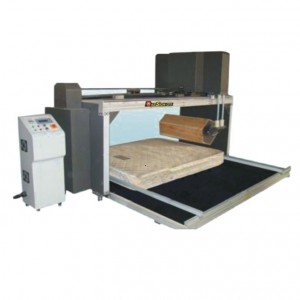Furniture surface resistance to cold liquid, dry and wet heat tester
Application
The test instrument is configured in strict accordance with the national standard; Easy to use, small footprint, can meet the test requirements of three experiments at the same time; Duplicate instruments are removed, resulting in greater cost savings.
| Inner volume | 350*350*350mm |
| Inorganic liner | 150*150mm, thickness 25mm, 3 pieces |
| Thermometer | 0~300°C, accuracy 1°C |
| External size | 500*400*750mm |
| Tempered glass cover | diameter 40mm, height about 25mm |
| Filter paper | 300*300mm, about 400g/㎡ |
Operating Steps
1.Cold resistance test: 1) Preparation of specimen 2) Application of test solution 3)Dry the test surface 4) Test piece inspection 5) Result evaluation 6) Write test report
2.Dry heat resistance test: 1) specimen preparation, 2) heating heat source, 3) humid heat heating test surface, 4) drying test surface, 5) specimen inspection, 6) result evaluation, 7) writing test report;
3.Damp heat resistance test: 1) specimen preparation, 2) heating heat source, 3) humid heat heating test surface, 4) drying test surface, 5) specimen inspection, 6) result evaluation, 7) writing test report.


